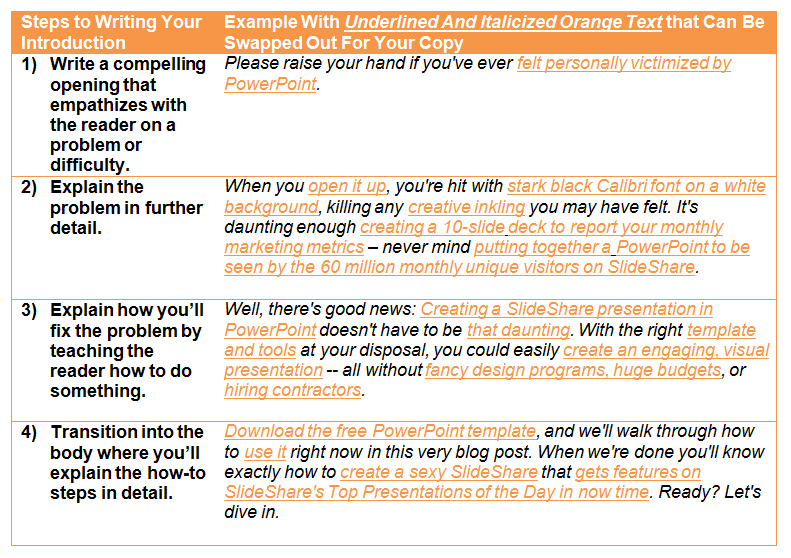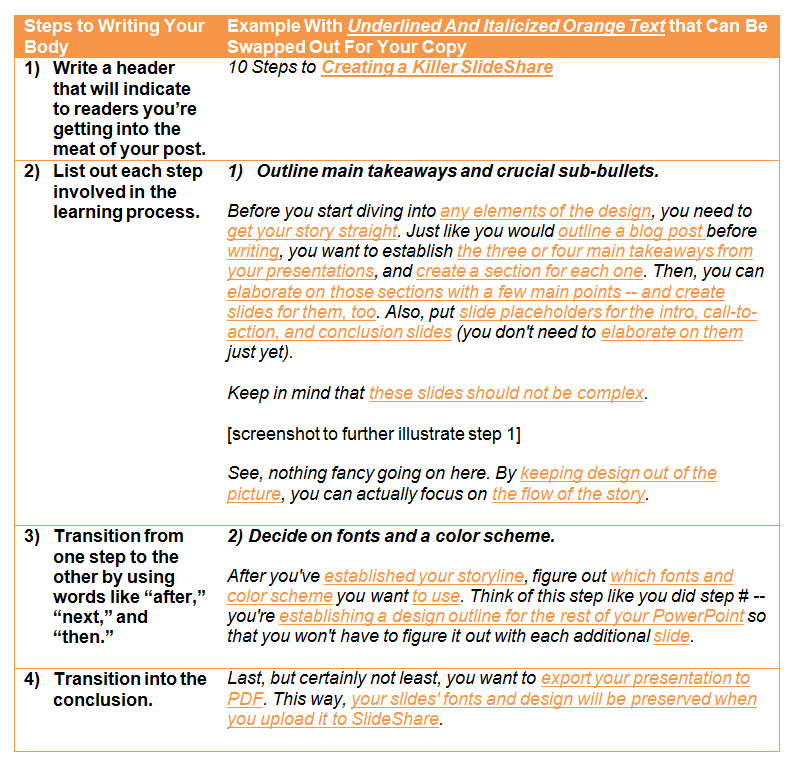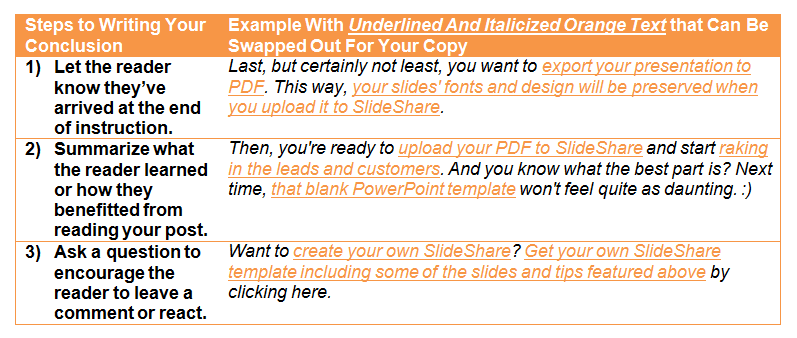You know what would be cool?
Having a magic genie write a steady stream of high quality blog posts for you that drive tons of traffic and leads.
Okay. Yeah. We all know that would be nice.
But since that’s not really a possibility, the next best thing is a template that can walk you through all the steps necessary to write a solid blog post — with as few headaches as possible — almost as if a genie was there guiding you all along the way.
This actually is possible.
Because business blogging (and writing in general) can be really tough sometimes (writer’s block, anyone?), we’ve put together 5 essential blog post templates every marketer needs. At HubSpot, we’ve found these blog post formats keep us focused, democratize the content creation process, all while transferring marketing knowledge to our audience in an easy-to-digest kind of way. (And hey, since it’s NaBloPoMo, these templates are here just in time to help all you marketers meet your 1-post-per-day quota!)
→ Download Now: 6 Free Blog Post Templates
Without further ado, let’s dive into one of the blog post templates — the handy-dandy How-To — so you can learn the art of teaching your audience how to do something special in the form of a blog post. To follow along, download the free blog post templates and retrieve the How-To blog post template … as well as the other four to use at your leisure.
Note: These templates are intended to help new bloggers and bloggers in a rut get started with their writing. You should always personalize your content so you don’t run up against duplicate content penalties — and so you’re not boring. These templates are simply intended to get reticent writers, well, writing — and provide a tried-and-true format for tried-and-true blog post types.
First, plan your How-To blog post.
First things first. What can you teach your audience how to do? Once you’ve figured that out, the template below can help you break down the process in written form.
After you know what your how-to blog post will be about, take several minutes to really plan it out.
For the purposes of this post, and not because planning isn’t important vital, we’re going to skip through the planning stage that encompasses the first 4 steps:
- Step 1: Identify your audience.
- Step 2: Identify your key takeaway.
- Step 3: Brainstorm a few possible titles.
- Step 4: Create an outline.
We’re going jump right to crafting the introduction, but you can always dive deeper by downloading your own copy of these templates, complete with text boxes for you to fill in with your own notes and copy.
Now, fill in your template.
Step 5: Write the introduction.
When writing your introduction, keep one question top of mind: How can I establish credibility and empathize with my audience to introduce my topic?
Feel free to leave the introduction for last, too. Sometimes it’s easier to introduce your post after you’ve written the real meat of it.
When you do write your intro, here’s how we recommend going about it — we’re using a previously published blog post, “How to Easily Create a SlideShare Presentation,” as an example.

Now’s the time in the actual template where you get to start crafting your own introduction. Once you’re ready, it’s time to move on to the actual meat of your post: the body.
Step 6: Write the body.
The body follows through on what you promised in the introduction. Your body copy can be written in paragraphs, with bullets, numbered lists, multiple headings, or a mix of all of these. Make use of whichever format is easiest for you, and helps tell your story better.
Person, Name
Just be cognizant of this question: What are all the steps I need to explain in order to avoid confusion, and can I add any visuals that will make learning any easier for my readers?
Below you’ll see we’ve continued using the sample blog post, “How to Easily Create a SlideShare Presentation.”

See? A template is almost as good as a genie.
Step 7: Write the conclusion.
Alrighty. We’re now at the final stage of the oft-dreaded writing process: the conclusion. Feel free to wrap things up nice and succinctly — if you’re using your business blog for lead generation, a lengthy conclusion is just one more barrier to your call-to-action.
So, all you gotta do in your conclusion is paraphrase the key takeaway you outlined earlier in the planning stages (if you follow the downloadable templates), and pose a question to get your readers to react in some way.

At this point in the template, you craft your own short-and-sweet conclusion to recap what the reader should have gleaned, and then, guess what? You’re DONE with the writing!
Next up: finalizing and optimizing the post to get it ready to be read, bookmarked, and shared.
Finalize your How-To blog post.
Step 8: Link to additional resources within your post.
Sometimes it’s hard to say everything you want to say about a single topic in one post, which is why it’s helpful to your readers to identify additional resources they can visit for additional details. Hyperlinking to other blog posts or pages on your site can also result in increased visibility in search engines, page views, and time on site. Hyperlinking to third party content can round out your perspective and help you appear more trustworthy to your readers.
In the template, there’s a place for you to collect a handful of links to reference throughout your post. Then, once you place your blog post copy into your blogging platform, you can create hyperlinks for these resources where they fit best.
By this point in the template, you have a very clear idea what you’re post is about, which means you can move on to:
- Step 9: Finalize your title.
- Step 10: Pick a call-to-action.
- Step 11: Copy and paste your blog post copy into your blogging platform.
- Step 12: Edit, edit, edit!
- Step 13: Choose an image.
- Step 14: Optimize your post for search.
- Step 15: And finally, publish!
And that’s all, folks! (For this post at least).
For those of you who’d like a bit more help, you can access a whole slew of how-to blog post examples to use as inspiration, along with a bunch of additional tips and recommendations in the template we put put together to help a marketer out.
Ready to get writing? Grab your free 5 Essential Templates Ever Marketer Needs right here.
Using the how-to blog post structure, what will you teach your audience how to do?